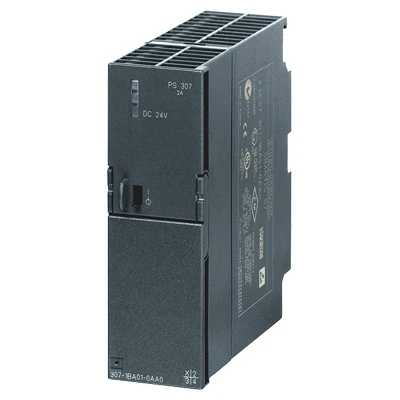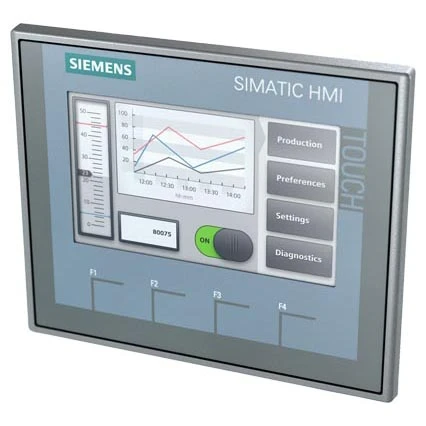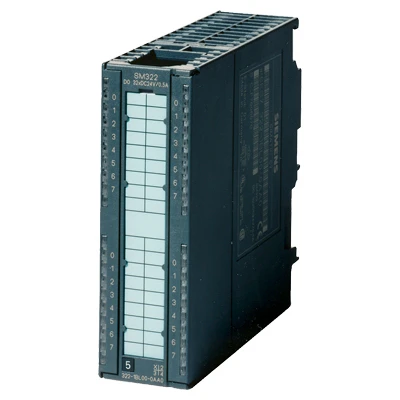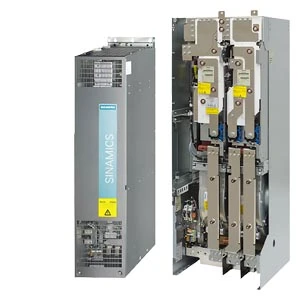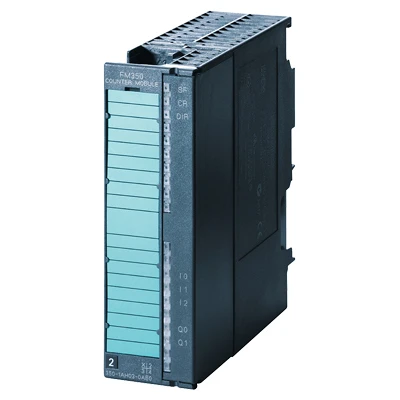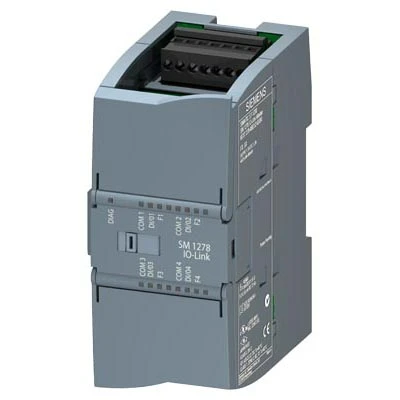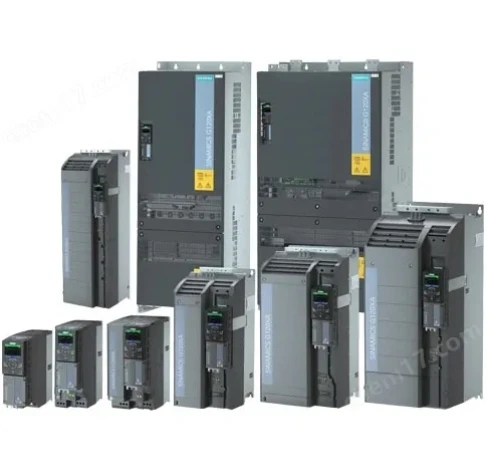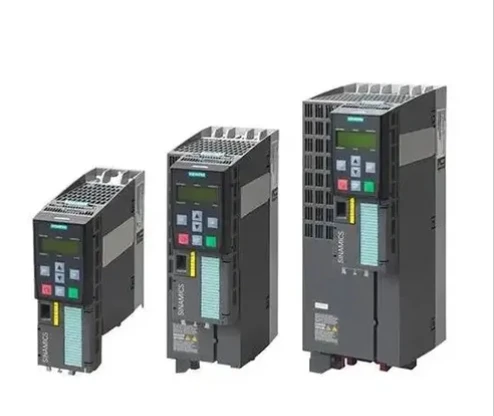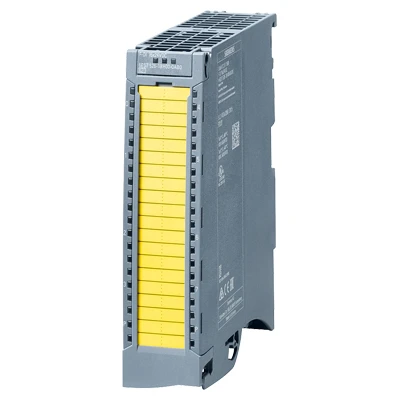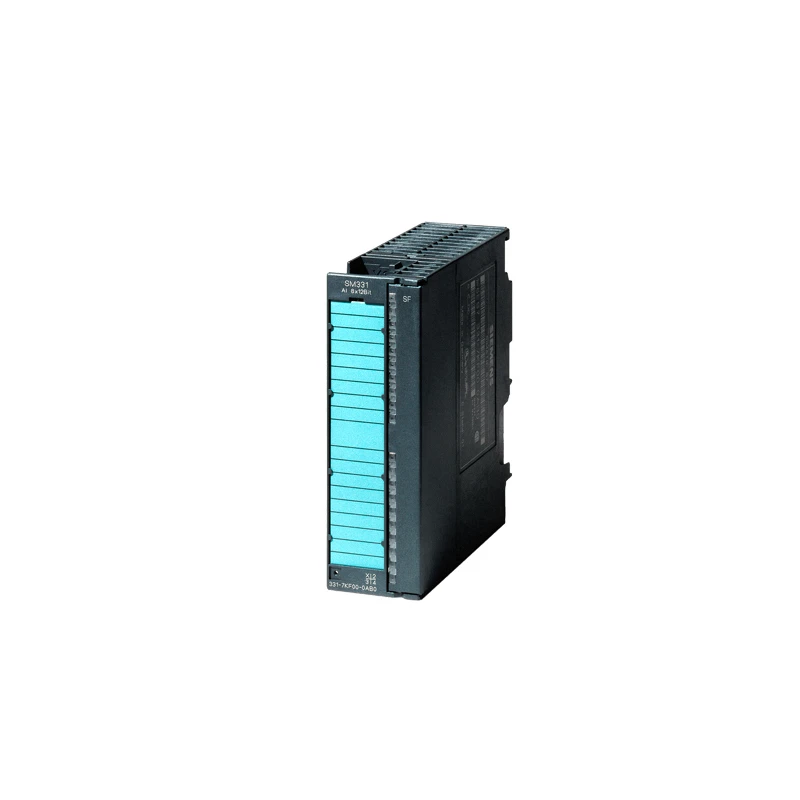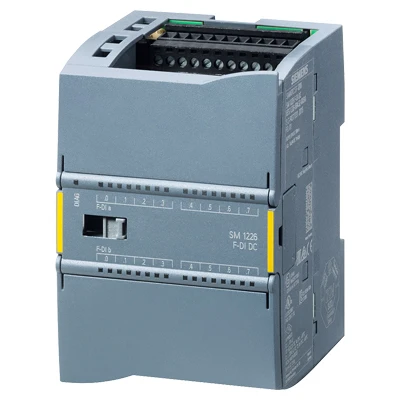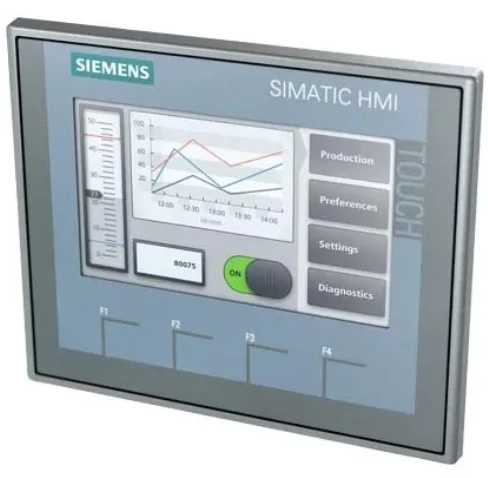Proven Reliability for Industrial Automation: Why PLC SIEMENS SIMATIC S7 300 Remains a Global Standard
In the evolving world of industrial automation, few names command as much trust and longevity as the plc siemens simatic s7 300. Known for its stability, adaptability, and long-term performance in complex control systems, this PLC series has proven indispensable in industries ranging from automotive to pharmaceuticals. As businesses look to upgrade their automation capabilities, the plc siemens s7 300 stands as a tried-and-true backbone for seamless integration, high processing power, and broad compatibility.
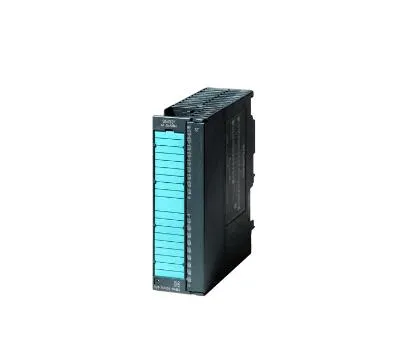
Introduction to PLC SIEMENS SIMATIC S7 300: A Control Legend
The plc siemens simatic s7 300 is a modular automation system designed for medium to large-scale applications. Introduced as part of Siemens' SIMATIC product line, it has gained global recognition for its durability, efficient I/O processing, and excellent communication capabilities. At the heart of the system is the modular architecture that allows for flexible expansion, which means users can customize their control system to match their specific needs—whether in batch manufacturing or continuous processes.
A key advantage of the s7 300 programmable controller lies in its ability to seamlessly integrate with both legacy equipment and modern smart factory systems. The standard rail-mounting structure makes installation simple, while the rugged design ensures that the PLC can operate reliably in harsh industrial environments for years.
Superior to the Rest: Comparing PLC SIEMENS SIMATIC S7 300 with Other PLCs
When compared with many PLCs on the market, the plc siemens s7 300 offers a unique blend of performance, stability, and modularity. Competing controllers often suffer from limitations in communication flexibility or processing capacity—especially in applications requiring precise timing or large I/O mapping. However, the s7 300 programmable controller supports multiple fieldbus standards like PROFIBUS and PROFINET, enabling efficient communication across the factory floor.
Whereas some PLCs have limited memory or restricted expansion slots, the cpu 317 2 pn dp module from the plc siemens simatic s7 300 series is equipped with significant program and data memory, dual processor cores, and integrated communication interfaces. This enables it to handle complex control algorithms while maintaining real-time responsiveness across diverse production zones.
Unlike certain PLC brands that require additional licensing for full functionality, Siemens provides an open and accessible development environment. This reduces programming complexity and makes it easier for engineers to deploy, modify, and maintain automation logic.
Performance Characteristics of the PLC SIEMENS SIMATIC S7 300
Performance is at the core of the plc siemens simatic s7 300. The cpu 317 2 pn dp is designed for fast execution times, large memory capacity, and robust communication options. It comes with integrated PROFINET and PROFIBUS DP interfaces, making it a dual-network controller suitable for data-heavy applications, such as packaging lines, process control, or high-speed sorting systems.
The cpu 317 2 pn dp not only handles logic execution with speed and accuracy, but also allows for deterministic behavior—crucial for time-critical processes like motion control. Its diagnostic capabilities are advanced, featuring hardware error detection, fault analysis, and online maintenance tools to reduce downtime and streamline troubleshooting.
In terms of analog and digital I/O handling, the plc siemens s7 300 supports a wide range of modules that can be easily attached to meet specific needs. Whether it's PID temperature control, multi-axis synchronization, or multi-point sensor feedback, this controller ensures stable and efficient operation.
Practical Application Scenarios of the S7 300 Programmable Controller
The s7 300 programmable controller has found applications in almost every industrial sector. In the automotive industry, it is used for welding robots, conveyor systems, and engine assembly lines. In the food and beverage industry, it handles batching, mixing, and automated filling systems. Its strong compatibility with SCADA systems and HMIs ensures complete visibility and control over production processes.
Thanks to the cpu 317 2 pn dp, factories can manage thousands of I/O points in a networked environment without sacrificing performance. In wastewater treatment plants, it provides real-time control over pumps, sensors, and valves, ensuring operational reliability even in chemically aggressive environments.
Even in renewable energy systems—such as biogas or solar panel monitoring—the plc siemens s7 300 proves invaluable by continuously collecting data, adjusting performance parameters, and ensuring seamless communication with higher-level monitoring software.
Its application versatility extends to building automation as well, where it controls lighting, HVAC, and security systems, combining energy efficiency with operational convenience.
Understanding the Siemens S7 300 Price: Performance Meets Investment Value
For automation professionals considering a long-term investment, the siemens s7 300 price reflects not only the physical hardware but also Siemens’ renowned engineering quality, reliability, and extensive global support. With many low-cost PLCs, the initial savings often result in long-term setbacks: limited functions, firmware issues, and costly support.
However, the plc siemens simatic s7 300 delivers industrial-grade performance that significantly reduces unexpected downtime. This reduces operational costs, boosts output, and ensures long-term ROI. The cpu 317 2 pn dp, in particular, provides features usually found in higher-end systems—such as high-speed processing, built-in diagnostics, and full network integration—at a competitive price point.
The siemens s7 300 price is also offset by its scalability. You can start small and expand as needed—adding I/O modules, communication processors, and function modules without overhauling your entire system. This makes it perfect for growing companies that plan to scale their automation strategies without facing massive redevelopment costs.
PLC SIEMENS SIMATIC S7 300 FAQs
What makes the plc siemens simatic s7 300 ideal for industrial automation?
Its modularity, reliability, and wide compatibility with industrial networks make it ideal for medium to large-scale automation projects in diverse industries.
How does the plc siemens s7 300 compare to other brands?
It outperforms many alternatives in processing speed, memory capacity, and network integration, especially with the cpu 317 2 pn dp providing advanced features at a mid-range cost.
What is the cpu 317 2 pn dp used for?
This high-performance CPU handles complex automation tasks, supports dual communication via PROFINET and PROFIBUS, and ensures real-time control in demanding applications.
Why is the s7 300 programmable controller so widely used?
Its flexibility, durability, and compatibility with a broad range of modules make it a standard choice for scalable and dependable automation systems worldwide.
Is the siemens s7 300 price worth the investment?
Yes. The siemens s7 300 price includes top-tier performance, extensive support, and proven longevity—making it a cost-effective solution for long-term industrial automation needs.

